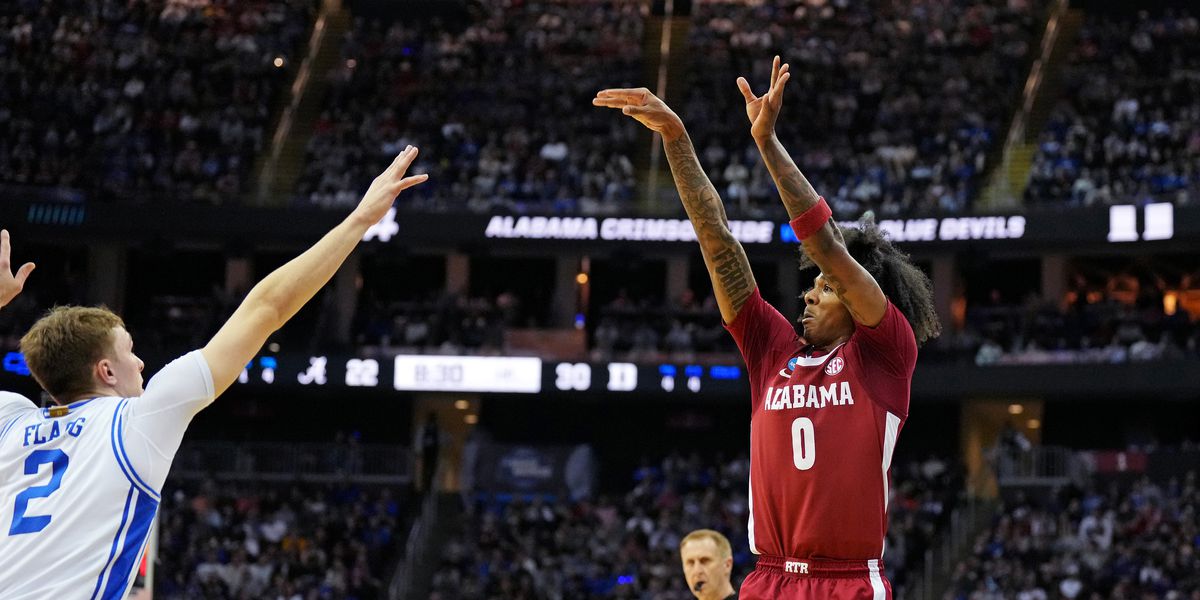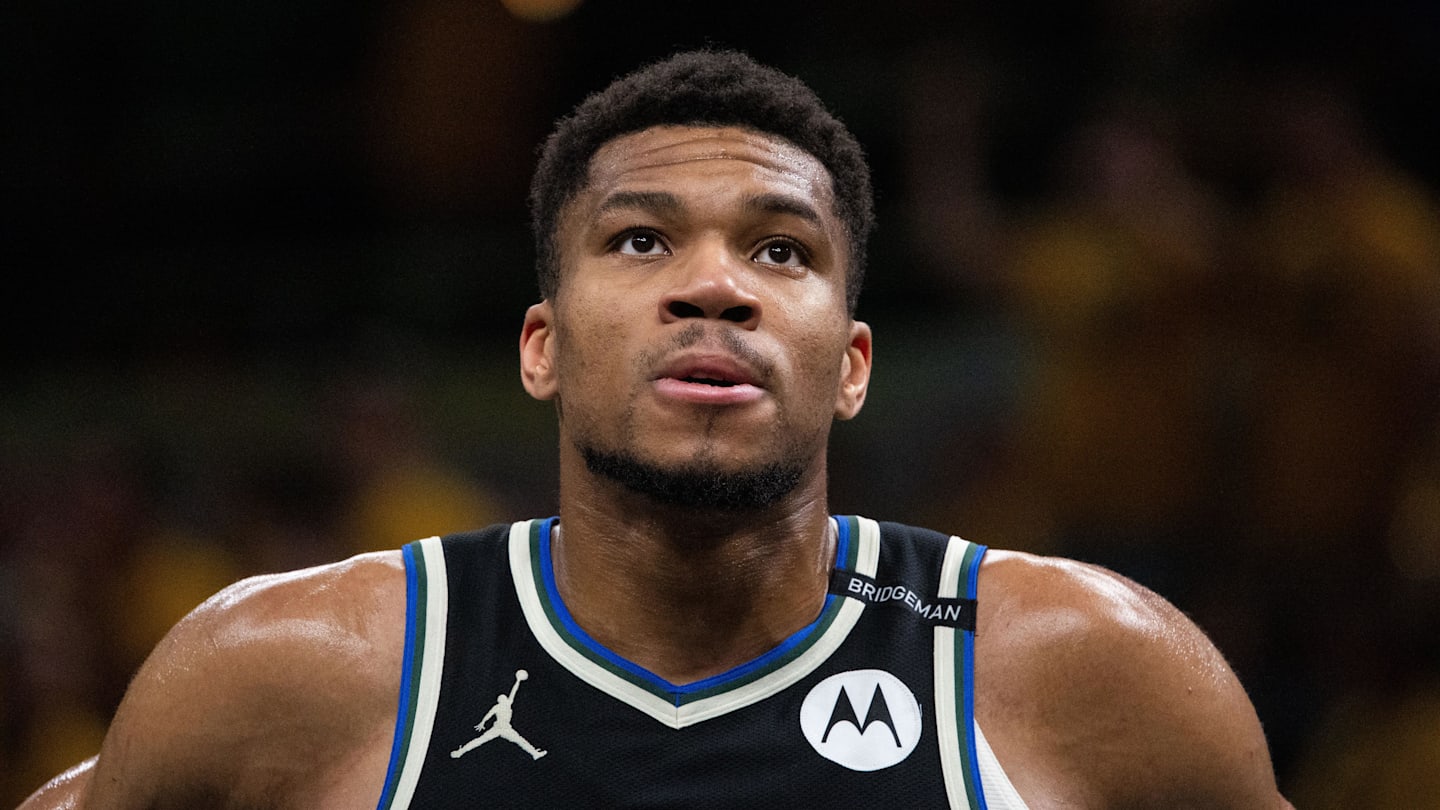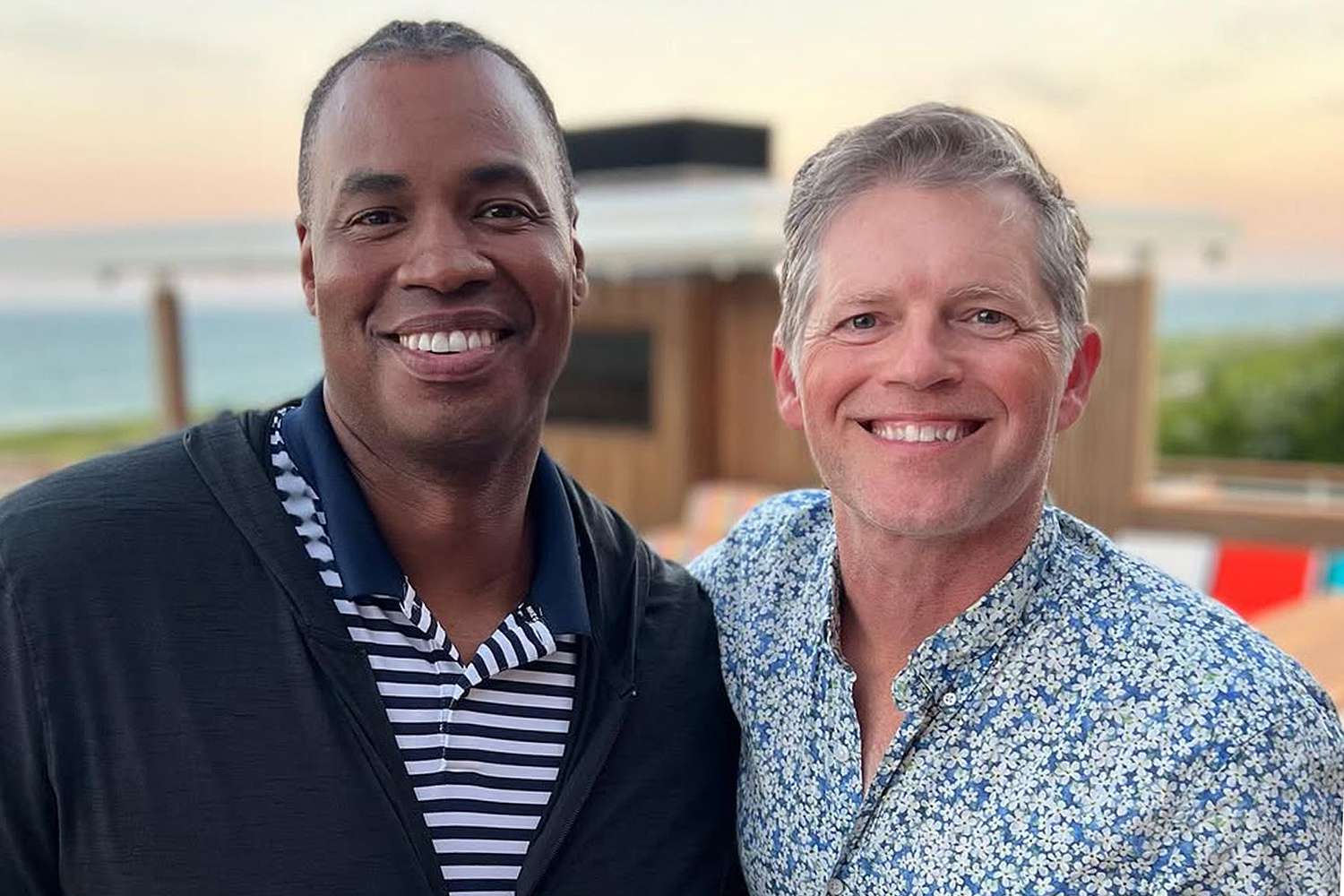
One of the more underrated stories in the NBA Draft each year is the withdrawal of candidates who initially test the draft-class waters but pull back before the actual show for various reasons. Draft withdrawals can affect any team selecting below the premium lottery positions. This year that includes the Portland Trail Blazers.
Ricky O’Donnell of SB Nation has written about draft withdrawals this year. A partial list of players who stood a good chance of being drafted if they hadn’t withdrawn include Miles Byrd, Alex Condon, Boogie Fland, Karter Knox, Yaxel Lendeborg, Tahaad Pettiford, Labaron Philon, Milos Uzan, and Darrion Williams. None of these players projected to be a lottery pick, but Lendeborg and Pettiford for example were mocked pretty often as solid first round picks, while others were seen as late first round to early second round prospects.
If it wasn’t clear already, it’s now unmistakable that NIL money is persuading many players to stay in the college ranks when previously they would have given the NBA draft a shot. Just 106 players registered as early entry candidates initially, a number now further reduced due to withdrawals. Compare that 2021, the last draft before NIL. 353 players registered that year. The total has declined every year since.
The numbers are a bit murky on how much exactly specific players are getting, but top player Cooper Flagg is said to have pulled down over $4 million this past season. We do know aggregate information; the average NIL amount from 8/1/2024 to 4/20/2025 was $53,643, but the median was just $3,371. This means that the top players were getting the lion’s share of NIL money. Just 9% of the players earned more than $10,000. Presumably multiple potential NBA draftees would lie in that top 9%.
If you get drafted this year at #25 in the first round, your salary is pegged at $2,983,320. Let’s say you slip into the second round. Your salary is no longer set by your draft position. You may be offered the NBA minimum of $1.27 million. Or perhaps a two-way contract at half that amount. Of course, there is also the risk that you get drafted and simply don’t make the team. Or not get drafted at all.
Instead, you get two huge advantages by going back to school. First, you’re now eligible to make as much NIL money was you would have gotten in the NBA if you would have been drafted in the first round outside of the lottery. If you were pegged to go in the second round, you’d make more. That’s money in the bank with no worry of slipping on draft day or getting cut. Second, you have the opportunity to raise your stock, and that can pay off big time. If you can go from #25 now to #10 next year you will more than double your yearly salary every year of your rookie contract. Suddenly waiting another year could make significant economic sense.
While none of the withdrawals were players that the Blazers presumably were scouting to pick at #11, they could have an impact both in the short and long term. If the Blazers had been entertaining trading down, the player pool below #11 has now been weakened. On the other hand, the value of pick #11 may have gone up. If you are the Orlando Magic picking at #25, you might have had your eye one of the players who have withdrawn, and you might not like the remaining options. Maybe that gives you an incentive to try to trade up, making the picks above them more valuable.
Another dynamic might play out in the years to come. With so many quality players staying out of the draft, we might get some stronger drafts in the future. The number of players declaring for the draft won’t continue to go down forever; sooner or later players delaying the draft will start coming out and the numbers will start rebounding. If players are staying in college longer, they are more developed and mature, closer perhaps to the NBA player they are destined to become. The first-round pick in 2029 and pick swaps in 2028 and 2030 acquired from the Bucks in the Damian Lillard trade might yield players who are ready to contribute right away, hopefully at a time when some of the current Blazers are at the height of their powers.
It’s all part of the calculations the Blazers front office is making right now. It’s not just about who the best player might be to take at #11, but also the value in potentially trading that pick, especially if such a deal could add draft assets for a future, potentially deeper draft.


